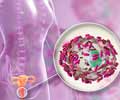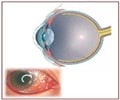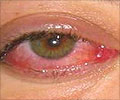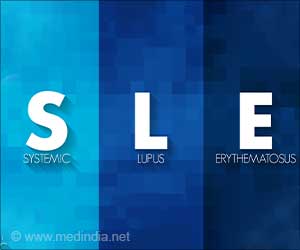The NIST has released a new report that provides guidelines for modern microbe hunter to collect microorganisms more effectively in enclosed spaces.

Traditionally, taking a "census" of the microflora in an indoor environment has been done by taking samples from both the air and various surfaces, growing them in nutrient media, identifying the different species that arose, and then extrapolating an estimated total quantity for each species based on the numbers present in the culture. This approach provides a view of the microbial population that is limited, unreliable and biased toward those few species that grow successfully in culture.
In recent years, culture-based detection, identification and quantification is being replaced by culture-independent characterization of an entire microbial community by studying the different genomic DNA sequences present. Attendees at the indoor sampling workshop were charged with optimizing this modern genomic approach to microbial analysis by:
- Detailing the current sample collection and processing procedures available to characterize the indoor microbiome;
- Determining the future requirements for monitoring and characterizing microbe communities;
- Defining the challenges and limitations with current methods;
- Prioritizing issues that should be addressed to meet future requirements; and
- Mapping the pathways and approaches that should be taken to develop and improve techniques to meet those needs.
Source-Eurekalert
 MEDINDIA
MEDINDIA




 Email
Email




